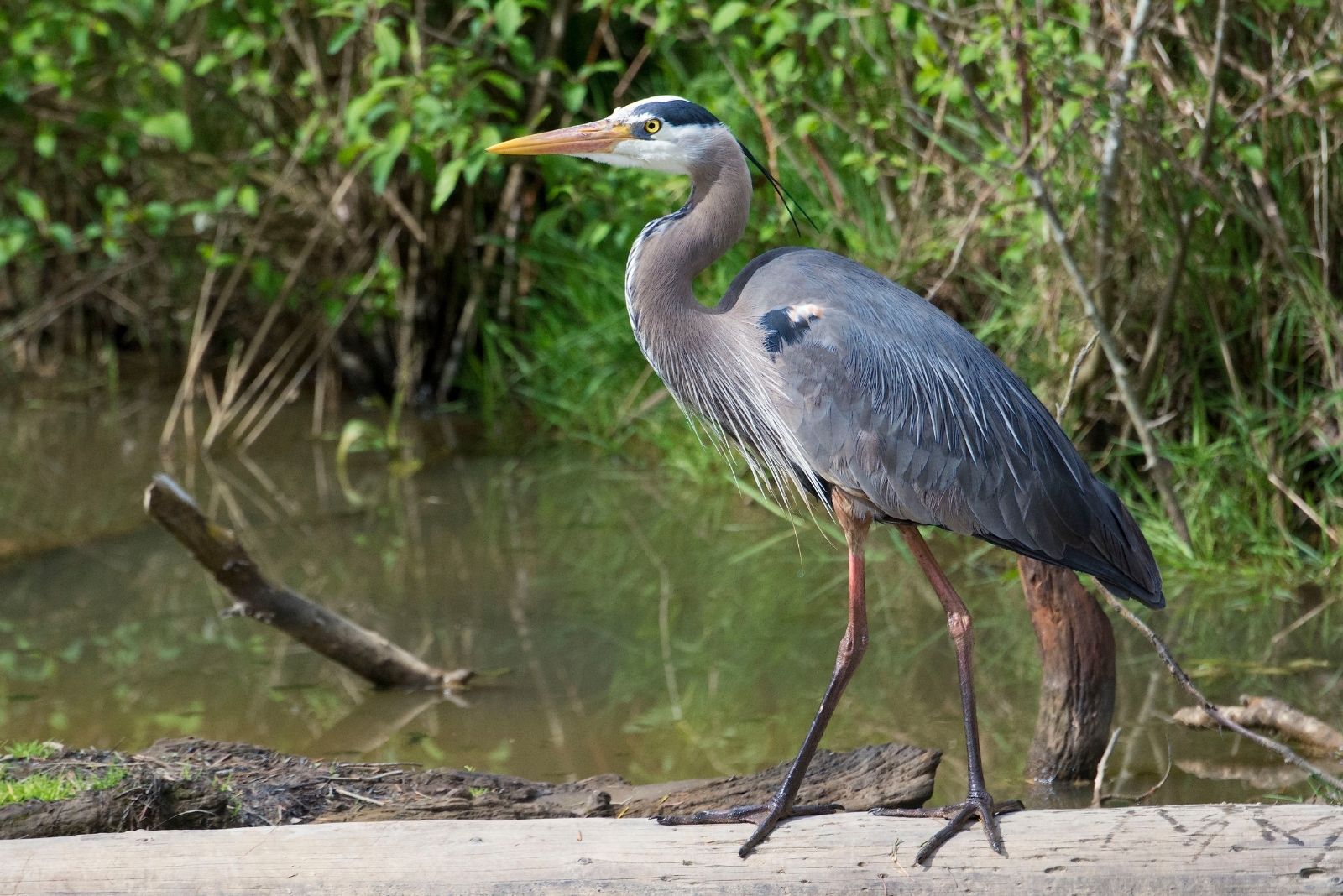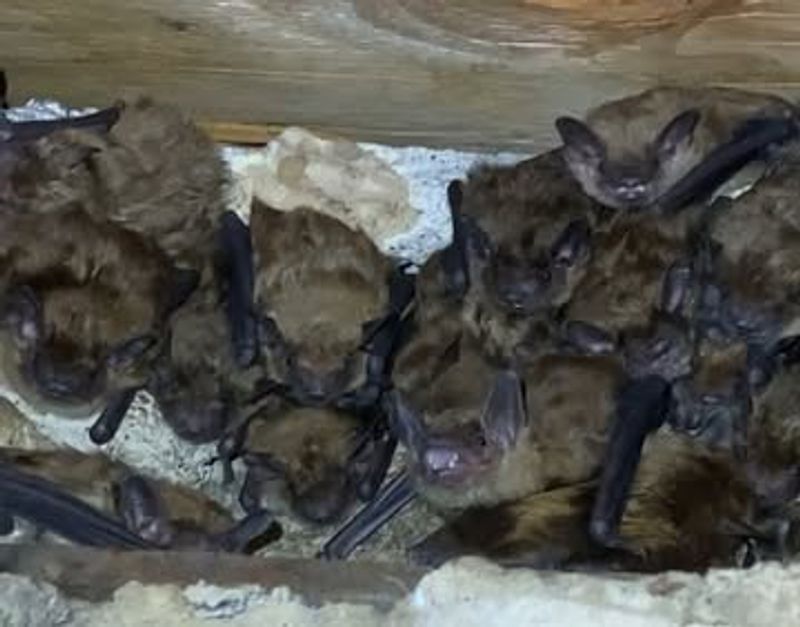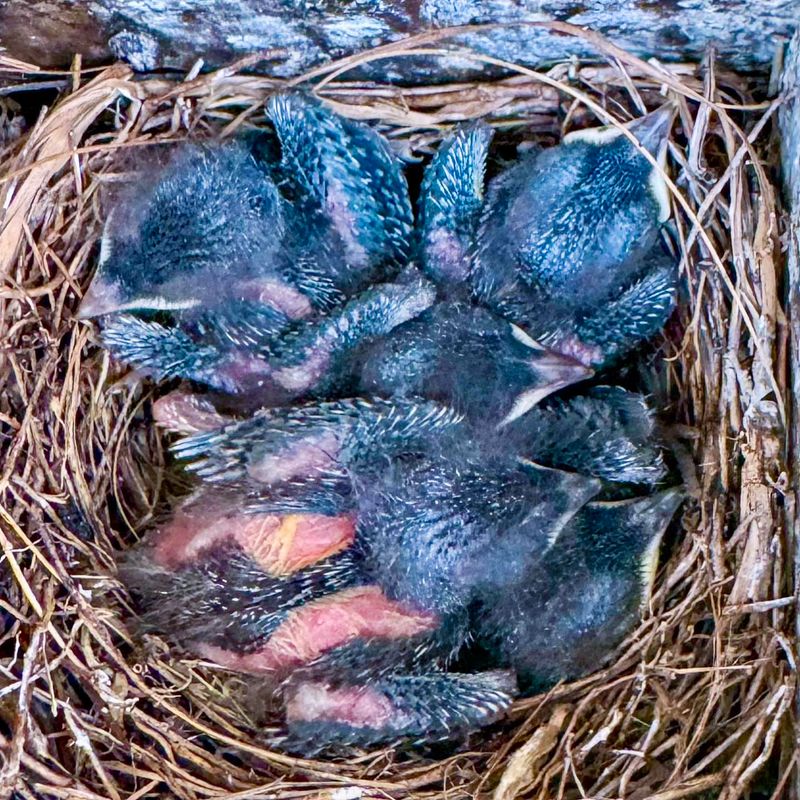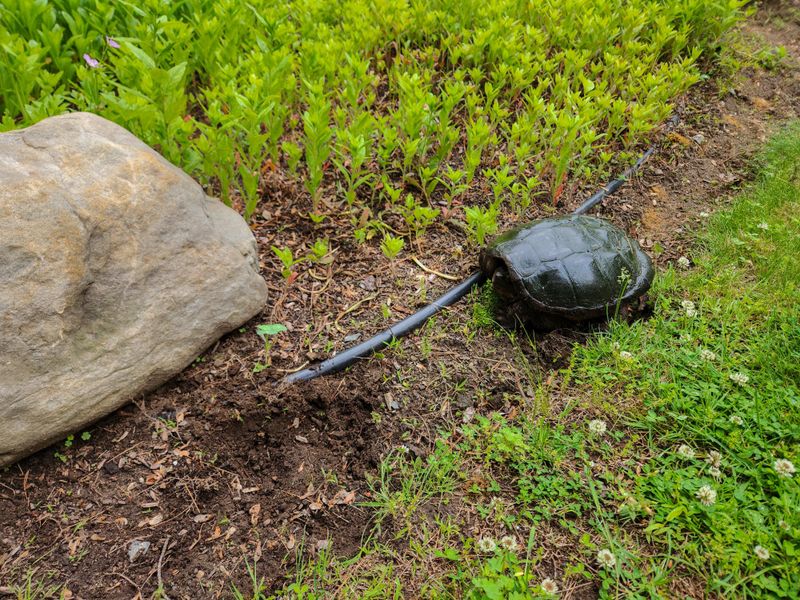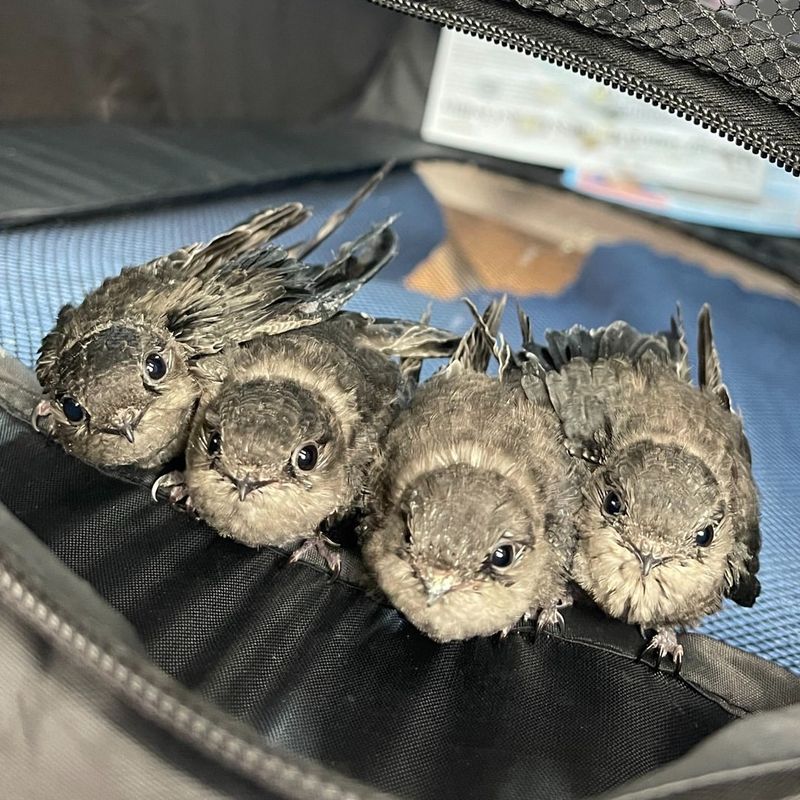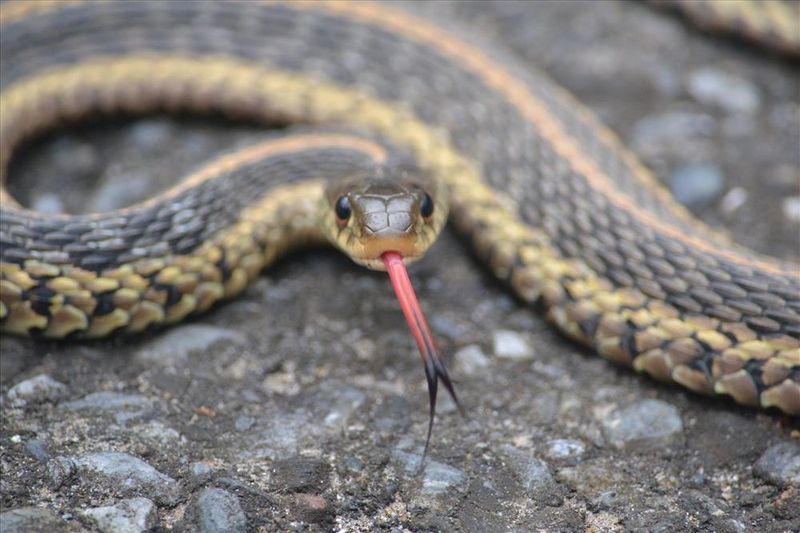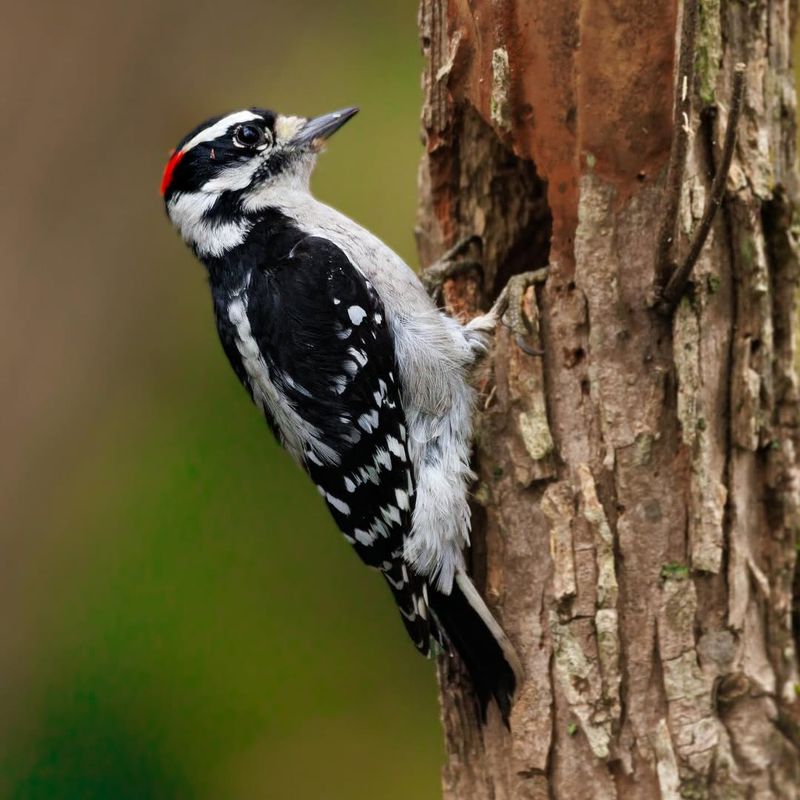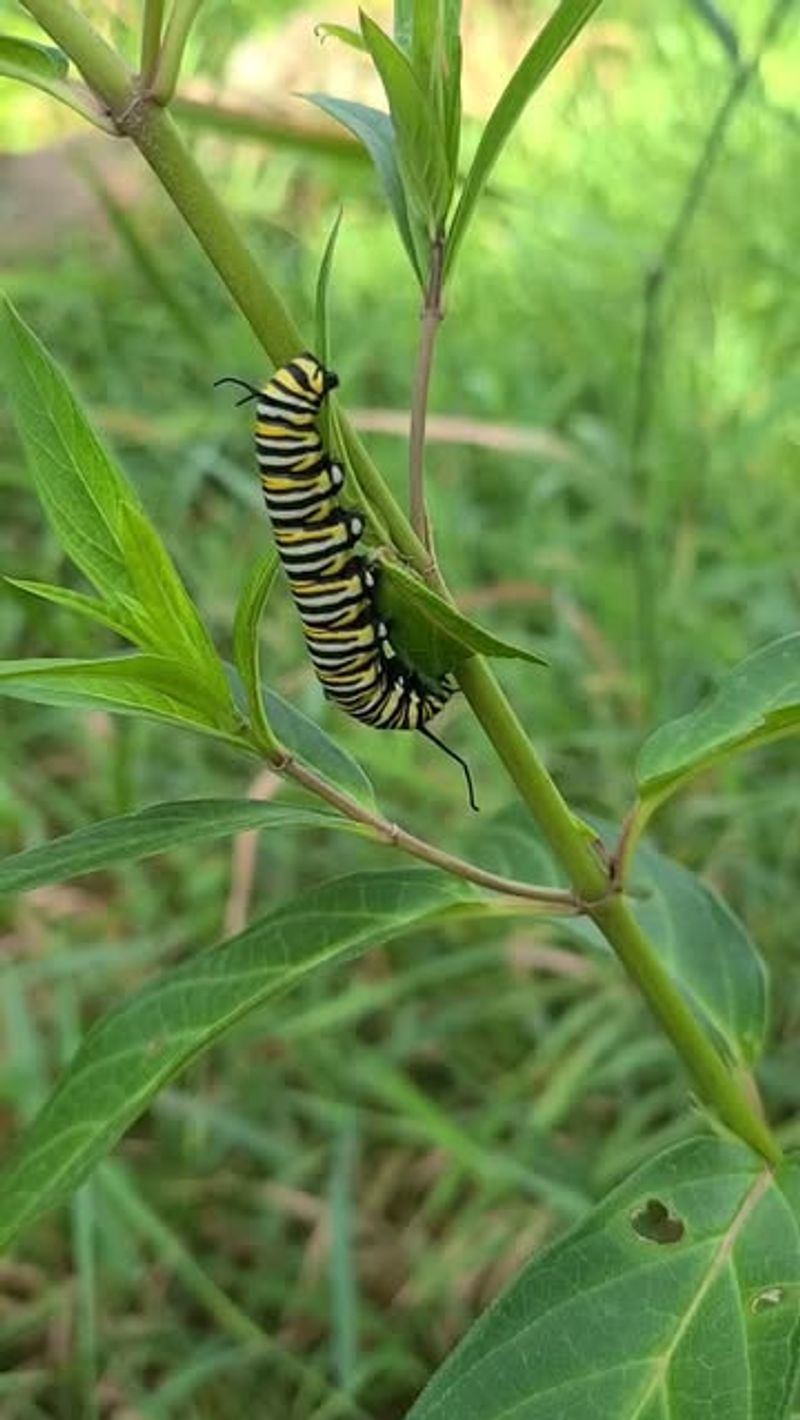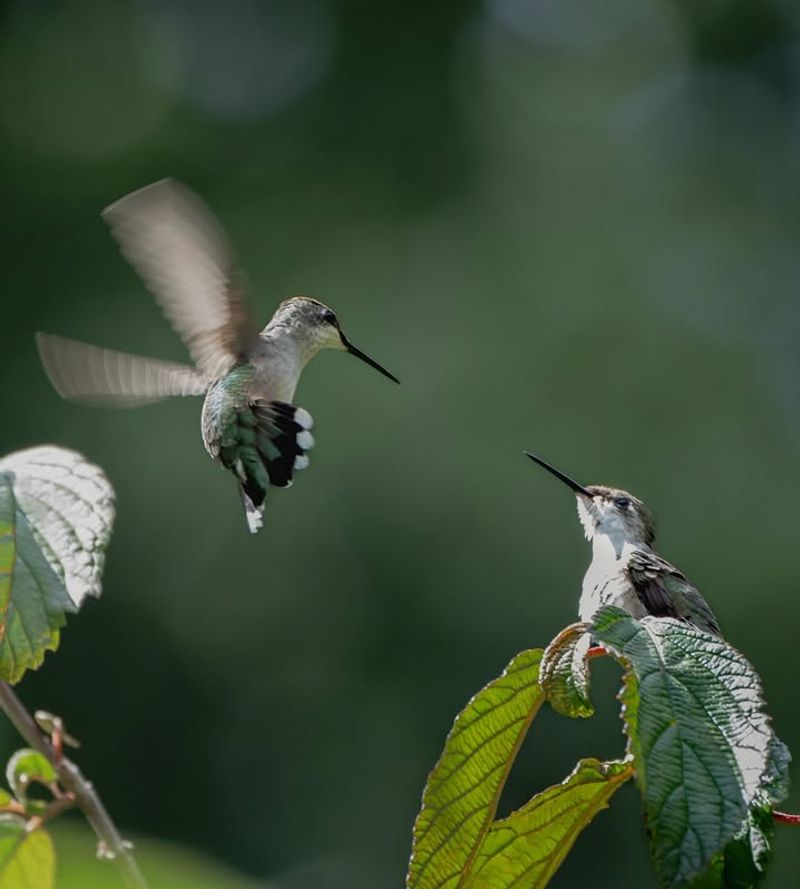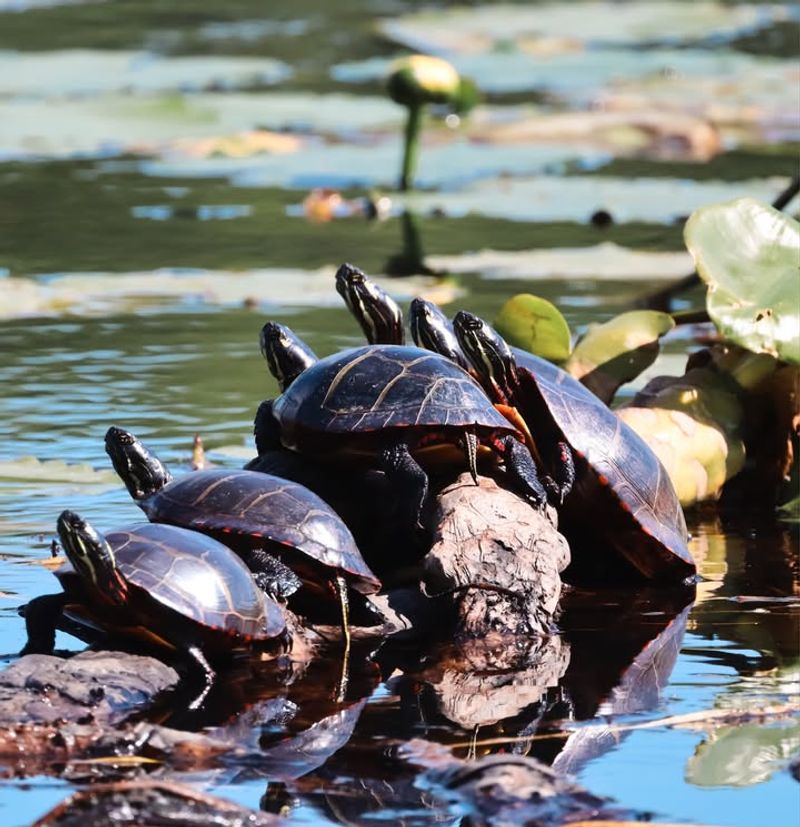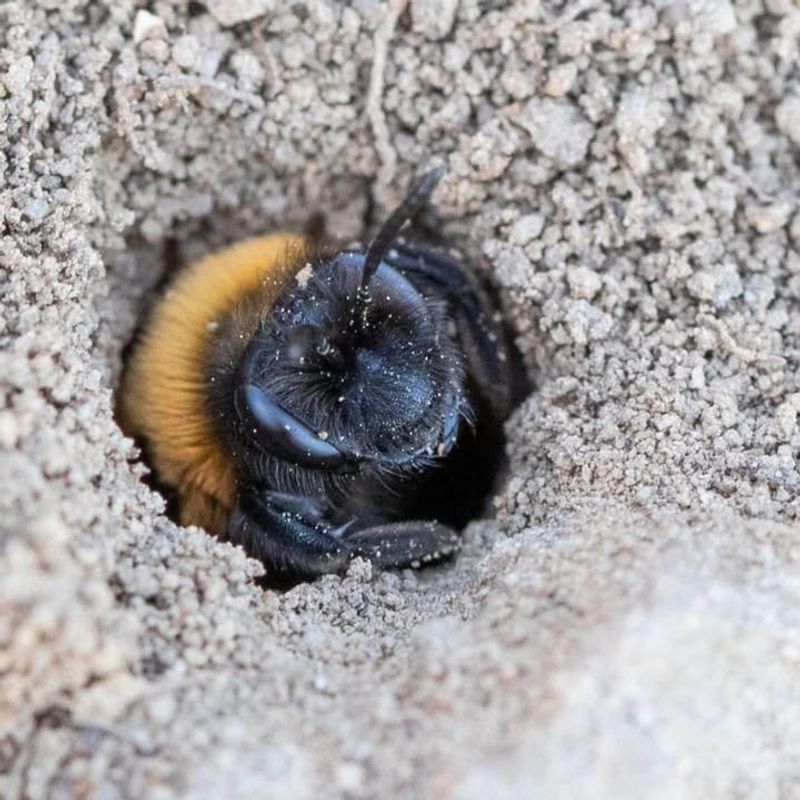In Minnesota, some wild animals are protected by law—even if they wander into your yard or sneak into your attic. It might feel like a nuisance, but handling them the wrong way can lead to trouble.
Removing or harming these creatures could land you with steep fines or legal headaches. It’s a situation where good intentions aren’t enough if you don’t know the rules.
I’ve found that knowing which animals are off-limits helps you stay safe and respectful. Coexisting with nature starts with understanding what the law protects—and why.
1. Bats Roosting In Your Attic
Minnesota law strictly protects all bat species, especially during their maternity season from May through August. Property owners cannot remove nursing mothers or their young during this critical time.
Bats eat thousands of mosquitoes nightly, making them valuable neighbors despite the inconvenience. If you discover bats in your attic, you must wait until fall when they migrate or young can fly.
Contact a licensed wildlife professional who understands Minnesota’s bat exclusion laws. Harming or killing bats can result in hefty fines and potential federal charges under endangered species protections.
2. Nesting Bluebirds In Your Garden
Eastern Bluebirds enjoy protection under the Migratory Bird Treaty Act, which Minnesota enforces rigorously. Once these beautiful birds establish a nest in your birdhouse or garden structure, you cannot disturb it until babies fledge.
Their cheerful presence benefits gardens by controlling harmful insects. Watching bluebird families raise their young offers a rewarding experience for patient homeowners. Minnesota residents should consider themselves lucky to host these declining songbirds.
Interfering with active nests carries federal penalties, so admire from a respectful distance and enjoy nature’s show unfolding in your own backyard.
3. Snapping Turtles Digging Egg Holes
Female snapping turtles often choose Minnesota lawns and gardens as nesting sites during late spring. These ancient reptiles are protected while laying eggs, and disturbing them is illegal.
Though their prehistoric appearance can be intimidating, they’re simply following instincts millions of years old. Give nesting turtles plenty of space and they’ll finish their business within a few hours. Minnesota’s turtle populations face significant threats from habitat loss and road mortality.
After she covers her eggs and returns to water, you can mark the spot to avoid accidentally digging it up during yard work.
4. Chimney Swifts Nesting In Chimneys
These acrobatic birds have adapted to using Minnesota chimneys as nesting sites since natural hollow trees became scarce. Chimney Swifts are federally protected migratory birds, making their removal illegal during nesting season from spring through late summer.
Their constant chattering might seem annoying, but they devour flying insects by the thousands. Homeowners must wait until birds migrate south in fall before cleaning chimneys or installing caps.
Minnesota’s Chimney Swift population has declined dramatically, making your chimney an important conservation site. Consider it a temporary inconvenience for helping a struggling species survive another generation.
5. Garter Snakes Hibernating In Foundations
Common Garter Snakes often seek shelter in Minnesota basements, foundations, and crawl spaces during winter months. State regulations protect these harmless reptiles from being killed or relocated without proper permits.
They actually benefit homeowners by eating slugs, mice, and other garden pests throughout warmer months. Minnesota’s harsh winters drive these cold-blooded creatures to find protected spaces for hibernation. Rather than removing them illegally, seal entry points after snakes emerge in spring.
These gentle serpents pose zero threat to humans or pets, and their presence indicates a healthy local ecosystem worth preserving and respecting.
6. Woodpeckers Drilling On Your Siding
All woodpecker species receive federal protection under laws that Minnesota strictly enforces. Whether it’s a Downy, Hairy, or Pileated Woodpecker hammering your house, removing or harming them is illegal.
Their drumming usually indicates either insects in your siding or territorial behavior during breeding season. Minnesota homeowners can use non-lethal deterrents like reflective tape or netting to discourage woodpeckers.
Inspect your home for insect infestations that might be attracting these persistent birds. Consider it free pest detection service—woodpeckers rarely drill on healthy wood without reason, so investigate the underlying problem instead of blaming the messenger.
7. Monarch Butterfly Caterpillars On Milkweed
Minnesota law protects Monarch butterflies throughout their entire lifecycle, including the striped caterpillars munching your milkweed plants. These iconic insects face serious population declines, making every caterpillar crucial for species survival.
Milkweed is their only food source, so finding them means your garden supports an important migration. Celebrate rather than eliminate these harmless visitors to your Minnesota garden. Each caterpillar represents a future butterfly that will travel thousands of miles to Mexico.
Removing or killing them violates wildlife protection statutes. Plant more milkweed varieties to support this incredible natural phenomenon happening right in your own backyard.
8. Ruby-Throated Hummingbirds At Feeders
Once these tiny jewels claim your Minnesota feeder as part of their territory, they’re protected by federal law. Hummingbirds are remarkably territorial and will defend feeding spots aggressively during their brief Minnesota summer residence.
Their protection extends to nests, which are incredibly difficult to spot due to their tiny size. These amazing migrants travel from Central America to grace Minnesota gardens each spring. Keep feeders clean and filled with fresh sugar water to support their incredible energy needs.
Interfering with hummingbirds or their nesting activities can result in federal fines, so simply enjoy their aerial acrobatics and iridescent beauty from nearby.
9. Painted Turtles Sunbathing In Ponds
Minnesota’s state reptile cannot be removed from your property’s pond or water feature without special permits. Painted Turtles often bask on logs, rocks, or pond edges, and they’re completely harmless to gardens and fish populations.
Their colorful shells and peaceful nature make them delightful pond residents. These native turtles help control aquatic vegetation and deceased fish, acting as natural pond cleaners. Minnesota regulations protect all native turtle species from collection or relocation by homeowners.
If Painted Turtles have claimed your pond, consider yourself fortunate to host these ancient creatures that have inhabited Minnesota waters for thousands of years.
10. Bumblebees Nesting Underground
Several bumblebee species in Minnesota receive protection due to alarming population declines. These fuzzy pollinators often nest in abandoned rodent burrows or other ground cavities in gardens and lawns.
Unlike aggressive wasps, bumblebees are remarkably docile and rarely sting unless directly threatened or stepped on. Minnesota’s agricultural economy depends heavily on these important pollinators for crop production. If you discover a bumblebee nest, simply avoid mowing or disturbing that area until fall.
Mark the location and work around it—colonies die off naturally after frost. Your temporary accommodation helps preserve these essential insects that Minnesota’s ecosystem desperately needs.
11. Great Blue Herons Hunting In Koi Ponds
These majestic wading birds are protected under federal law, even when they’re raiding your expensive koi collection. Great Blue Herons consider Minnesota backyard ponds as convenient fishing spots during their hunting rounds.
Their impressive size and prehistoric appearance make them fascinating visitors, despite their costly appetite. Minnesota residents must use non-lethal deterrents like netting or motion-activated sprinklers to protect fish. Harming or killing herons results in serious federal penalties and fines.
Consider it a compliment that your pond looks natural enough to attract these skilled hunters. Install proper protection for your fish while appreciating these remarkable birds from a distance.

